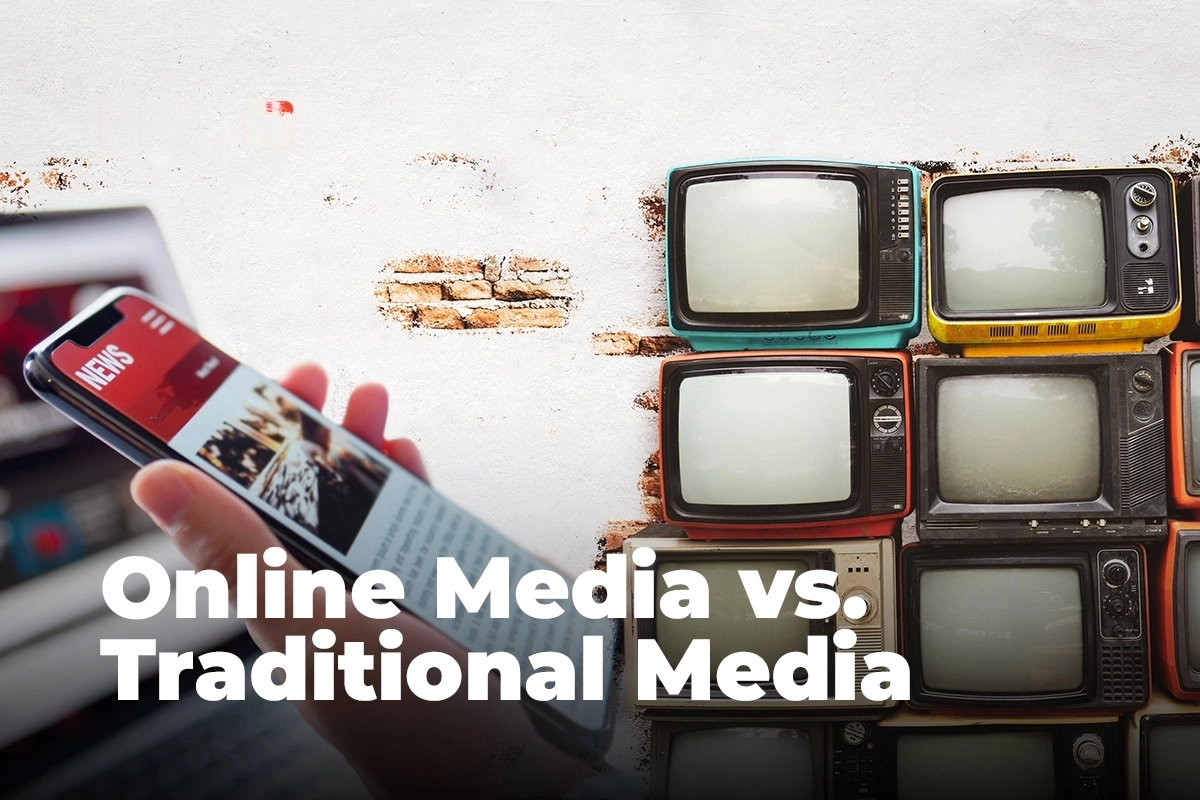In today’s digital age, traditional media is facing unprecedented challenges, sparking concerns about its survival prospects. For a long time, traditional media has been the primary channel for people to access information and entertainment. However, with the rapid development of the internet, this tacit agreement has been completely shattered.
The internet not only quickly attracts the audience’s attention but also takes away a large number of advertisers, channeling advertising revenue into online media and further squeezing the survival space of traditional media.
The dilemma faced by traditional media lies in its status as a capital-intensive industry, while internet media operates as a super-light asset investment sector with a significantly superior return on investment. Compared to this, traditional media must contend with challenges such as high satellite transmission costs, signal fees, and labor costs.
Although institutional media has made changes such as multimedia integration and changes in news program production modes, it still cannot adapt to the changing audience attention and time fragmentation, as well as the impact of new media forms such as short videos.
Additionally, the popularization of media content production poses challenges to traditional media. Nowadays, anyone with a smartphone can shoot videos and produce programs, which starkly contrasts with the high investment and elitism of traditional media programs. Although many traditional media outlets are aware of this, transitioning and innovating is not an easy task; innovating content is much more difficult than creating directly on new media platforms.
Furthermore, the socialization of media consumption exacerbates the dilemma for traditional media. Nowadays, people tend to focus on their own social media communities, and content consumption is increasingly community-oriented. Traditional media, despite its high-quality content, cannot compete with the algorithmic proximity of online media.
In this environment, whether traditional media reforms or not is not merely a question of change but a matter of life and death. The transition phase has passed, and now it may be the endgame. The activation rate of television sets in China has dropped to 30%, sounding the alarm for traditional media.
Therefore, traditional media must actively respond to challenges, accelerate the pace of transformation, and seek new development models and innovations to survive and thrive. Otherwise, the issue of survival or demise will become increasingly severe.

如果您喜欢我们的文章,请支持我们的新闻工作者和创作者!请打赏一杯咖啡给他们(注明栏目或文章题目),或支持我们每月的服务器费用,非常感谢!
订阅我们,Paypal每月赞助5纽币:
http://bit.ly/47fUCPS



